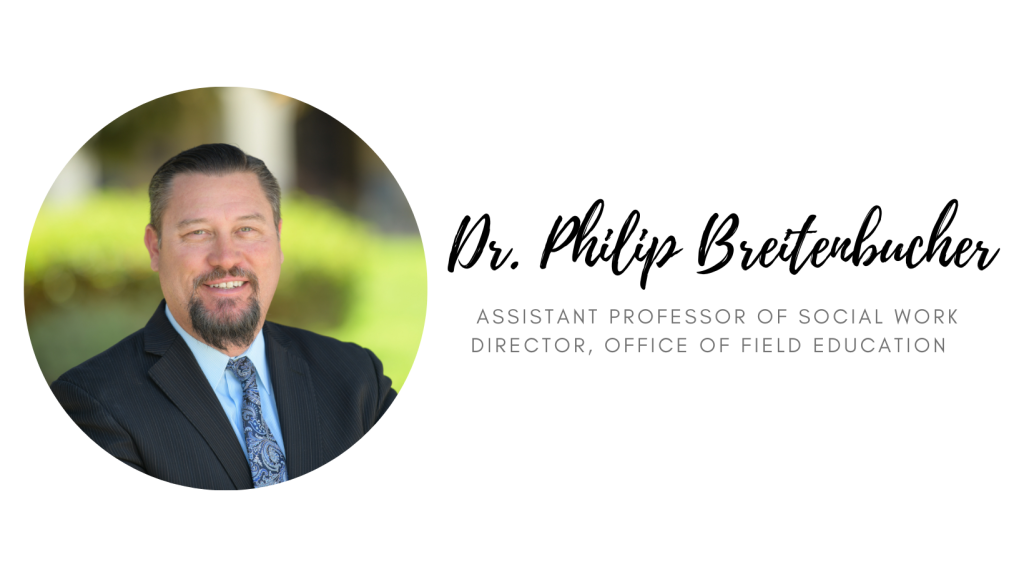
As we enter the Fall season, we see decorations of ghosts, goblins, and signs that say Boo and Beware. Of course, these decorations are meant to be fun for children and families. The Fall season is when kids get dressed up as their favorite superheroes and television characters. Some kids find the courage to brave the scary haunted house down the street. Luckily, for the kids, these pretend experiences are intended to spark the imagination and offer good-hearted family fun. I hope you can enjoy some activity like this in the Fall; if you choose. But, as a student of organizational leadership, one of the terrifying subjects for leaders and administrators is the high turnover in the workforce, especially in social services.
According to Gartner, Inc., U.S. employee annual voluntary turnover is likely to jump nearly 20% this year, from a pre-pandemic annual average of 31.9 million employees quitting their jobs to 37.4 million leaving in 2022 (Gartner Inc., 2020). In public child welfare, states experienced 14-22% annual turnover rates, with caseworkers staying on the job for an average of 1.8 years from 2003-2015 (QIC-WD, 2021). The costs of employee turnover are many. High turnover rates are expensive, and they tax existing workers because the remaining workers experience high caseloads. High attrition rates also negatively impact children and families and cost taxpayers millions annually (QIC-WD, 2021).
Potential Solutions
Researchers have spent millions examining the causes and solutions to employee attrition and retention (QIC-WD, 2021). In fact, there are whole national centers funded by the federal government dedicated to addressing this issue. Some solutions to reducing employee turnover include hiring the right people, providing adequate training and support, increasing pay and benefits, and providing a supportive environment. As an organizational leader, I am always interested in ways to recruit and retain a quality workforce. We know that increased job satisfaction is positively correlated with employee retention rates. In other words, when employees experience satisfaction in the workplace, they are less likely to leave and more likely to stay. Job satisfaction is “the sense of satisfaction and positive attitude of the person towards his/her work as a result of the working life or the harmony between him/her and working conditions” (Sarikaya & Keskinkiliç, 2020, p.434). According to Sarikaya & Keskinkiliç (2020), “job satisfaction is one of these positive emotions, and its high-level presence depends on organizational, administrative and individual variables” (p. 436). So, if we want to improve employee retention, we must increase job satisfaction.

Organizational Awareness
According to the literature, organizational justice greatly influences job satisfaction (Pignata et al., 2016). Organizational justice refers to the perceived fairness or unfairness within an organization (Angulo et al., 2018). The literature suggests that employees with greater organizational awareness have greater trust in the organization, leading to higher job satisfaction (Alward & Phelps, 2019; Hirschy, 2011; Jang, 2013; Pignata et al., 2016; Sarikaya & Keskinkiliç, 2020). So, what is employee awareness?
Awareness is “a cognitive state, which refers to having information about a certain set of people, events, and objects” (Jang, 2013, p.63). Alward and Phelps (2019) discuss organizational awareness from the perspective of visibility. They say that “visibility is an indispensable piece of the concept of trust and can assist with avoiding and potentially recovering from communication breakdowns and misunderstandings” (Alward & Phelps, 2019, p. 76). In other words, Alward and Phelps found that low levels of awareness and team member visibility contribute to a lack of trust, and perceived fairness, which results in communication challenges and misperceptions and lower levels of job satisfaction. Therefore, team members need to be visible so their peers can get to know them and be aware of who they are and what they have going on in their lives. The literature suggests awareness opportunities and activities support team members in defining their expectations of their teammates, and awareness promotes trusting behavior (Alward & Phelps, 2019).
Recent Study
Recently, I conducted a small study to examine whether organizational awareness predicts job satisfaction. The study included 35 participants, 34% (n=12) were male, 63% (n=22) were female, and one declined to say. The age of the participants ranged from 25-76 (N = 35, M=43.94, SD=10.98). What I found was consistent with the literature. The results indicated that organizational awareness statistically significantly predicted job satisfaction, b1 = .-12, t(33) = 7.66, p < .05. A one-unit increase in organizational awareness was associated with a .28 increase in job satisfaction scores. The model explained a moderate proportion of the variance in job satisfaction, R2 = .16, F(1, 33) = 6.10, p < .05.

Key Takeaways
While my study was small, the implications are helpful to organizational leaders interested in improving job satisfaction related to employee retention (Newton et al., 2022). Despite the limitations, organizational leaders should be encouraged to develop strategies that create coworker awareness of professional tasks and personal life events (e.g., birthdays, marriages, vacations, etc.) to improve job satisfaction (Sarikaya & Keskinkiliç, 2020). Ultimately, organizational leaders interested in retaining their workforce should consider creating opportunities for coworkers to connect and get to know each other. So, host a potluck, go on an adventure, or maybe even host a trunk or treat festival.

References
Alward, E., & Phelps, Y. (2019). Impactful leadership traits of virtual leaders in higher education. Online Learning, 23(3), 72–93.
Gartner Inc (2020). Gartner Says U.S. Total Annual Employee Turnover Will Likely Jump by Nearly 20% From the Prepandemic Annual Average. Retrieved from https://www.gartner.com/en/newsroom/04-28-2022-gartner-says-us-total-annual-employee-turnover-will-likely-jump-by-nearly-twenty-percent-from-the-prepandemic-annual-average
Hirschy, M. J. (Jody). (2011). Virtual team leadership: A case study in Christian higher education. Christian Higher Education, 10(2), 97.
Jang, C.Y. (2013). Facilitating trust in virtual teams: The role of awareness. Advances in Competitiveness Research, 21(1/2), 61–77.
Newton, N., Hunter-Johnson, Y., & Niu, Y. (2022). Exploring the influence of job satisfaction upon the retention of Bahamian special educators. Journal of Education, 202(1), 58–68. https://doi-org.libproxy.calbaptist.edu/10.1177/0022057420943179
Pignata, S., Winefield, A. H., Provis, C., & Boyd, C. M. (2016). A longitudinal study of the predictors of perceived procedural justice in Australian university staff. Frontiers in Psychology, 7. https://doi-org.libproxy.calbaptist.edu/10.3389/fpsyg.2016.01271
Sarikaya, S., & Keskinkiliç Kara, S. B. (2020). Organizational trust and organizational support as a predictor of job satisfaction. International Journal of Curriculum and Instruction, 12, 435–467.
Quality Improvement Center for Workforce Development (QIC-WD), 2021. How can public child welfare agencies get and keep a great workforce? Department of Health and Human Services, Administration for Children and Families, Children’s Bureau.